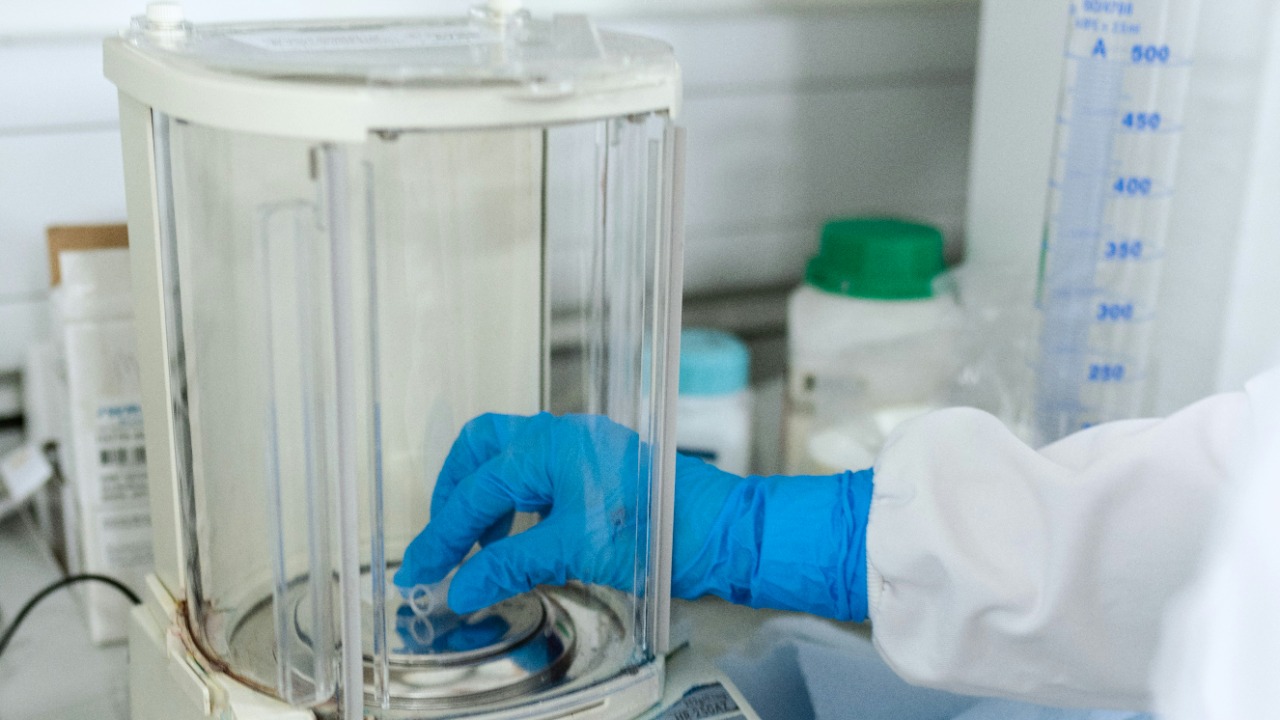
Scientists have recently achieved a groundbreaking feat by creating a metal that can self-heal, a discovery that could revolutionize industries from aerospace to consumer electronics. This innovation challenges the traditional understanding of materials science and opens up new possibilities for durable, long-lasting materials.
The Science Behind Self-Healing Metals

The concept of self-healing metals is no longer a figment of science fiction, thanks to the recent experimental findings by Sandia National Laboratories. The researchers discovered that these metals possess the ability to repair themselves through atomic movement. When a crack forms, the metal’s atoms redistribute across the crack, effectively closing it without any external intervention. This phenomenon, akin to a microscopic welding process, defies the conventional wisdom that metals remain static once formed. The implications of this discovery are vast, as it suggests the possibility of developing materials that can endure stress and damage while maintaining their structural integrity.
Drawing parallels from nature, the self-healing process in these metals can be likened to the way human skin repairs itself after an injury. While biological systems rely on cellular regeneration, the self-healing metal employs atomic rearrangement to achieve similar outcomes. This comparison not only highlights the ingenuity of the researchers but also underscores the potential for biomimetic innovations in materials science.
Historically, the quest for self-healing materials has been marked by numerous breakthroughs and setbacks. Earlier efforts primarily focused on polymers, given their flexibility and ease of manipulation. However, limitations in strength and longevity hindered their widespread adoption. The transition to metals represents a significant leap forward, overcoming previous challenges and setting the stage for more robust applications. As research progresses, the hope is that these self-healing metals will pave the way for a new era of material design and engineering.
Potential Applications and Benefits

The introduction of self-healing metals promises to transform the aerospace and aviation industries. Aircraft are subject to extreme environmental conditions and mechanical stresses, making maintenance a critical and costly aspect of operations. With self-healing metals, the prospect of enhanced safety and longevity becomes achievable. These metals could significantly reduce maintenance costs and risks, ensuring that aircraft remain safe and operational for longer periods. The potential to minimize downtime and enhance the reliability of aircraft systems is a compelling incentive for aerospace manufacturers to invest in this technology.
Consumer electronics, too, stand to benefit from the advent of self-healing metals. The constant wear and tear of devices like smartphones and laptops often lead to premature failure and contribute to the growing problem of electronic waste. With the integration of self-healing metals, these devices could enjoy extended lifespans, reducing the frequency of replacements and minimizing environmental impact. The durability and resilience of such devices would be a significant selling point in a market increasingly focused on sustainability and efficiency.
In the realm of infrastructure and construction, self-healing metals could revolutionize the way we approach building materials. Bridges, buildings, and other critical structures are often subject to degradation over time, necessitating costly repairs and maintenance. By incorporating self-healing metals, the durability and lifespan of these structures could be significantly enhanced, reducing the need for frequent repairs and ensuring greater safety for users. This advancement could lead to more sustainable construction practices and a reduction in the consumption of resources.
Challenges and Considerations

Despite the promising potential of self-healing metals, several challenges remain. One of the primary hurdles is the scalability and manufacturing of these materials on a commercial scale. The current production process is complex and costly, making it difficult to implement widespread adoption. Overcoming these technical limitations will require significant investment in research and development to streamline production processes and reduce costs.
Furthermore, the long-term durability of self-healing metals in various environments remains an area of concern. While laboratory experiments have shown promising results, real-world conditions present a myriad of variables that can affect the performance of these materials. Understanding the limitations of self-healing capabilities and addressing potential weaknesses are critical to ensuring the reliability of these metals in practical applications.
From an environmental perspective, the production of self-healing metals must also be evaluated for sustainability. Although these materials have the potential to reduce waste and resource consumption, the initial production process may involve significant energy inputs and resource use. Balancing the benefits of reduced waste with the environmental impact of production is essential for the long-term viability of this technology.
Future Research Directions

The field of self-healing metals is ripe with opportunities for further research and innovation. Efforts are currently underway to enhance the self-healing capabilities of these materials, focusing on improving the speed and efficiency of the healing process. By refining the atomic rearrangement mechanisms, scientists hope to develop metals that can recover from damage even more swiftly and effectively.
Additionally, the potential to extend self-healing technology to other types of materials, such as polymers and ceramics, is an exciting prospect. Doing so could broaden the range of applications and lead to the development of hybrid materials that combine the best properties of each type. This cross-disciplinary approach could open new avenues in material science, leading to innovative solutions for a wide array of industries.
Collaboration among scientists, engineers, and industry professionals is crucial to advancing the field of self-healing materials. Interdisciplinary research efforts are essential in overcoming the challenges associated with production and application. By fostering partnerships and sharing knowledge, the scientific community can drive progress and bring self-healing metals from the laboratory to the marketplace, transforming industries and enhancing the quality of everyday life.